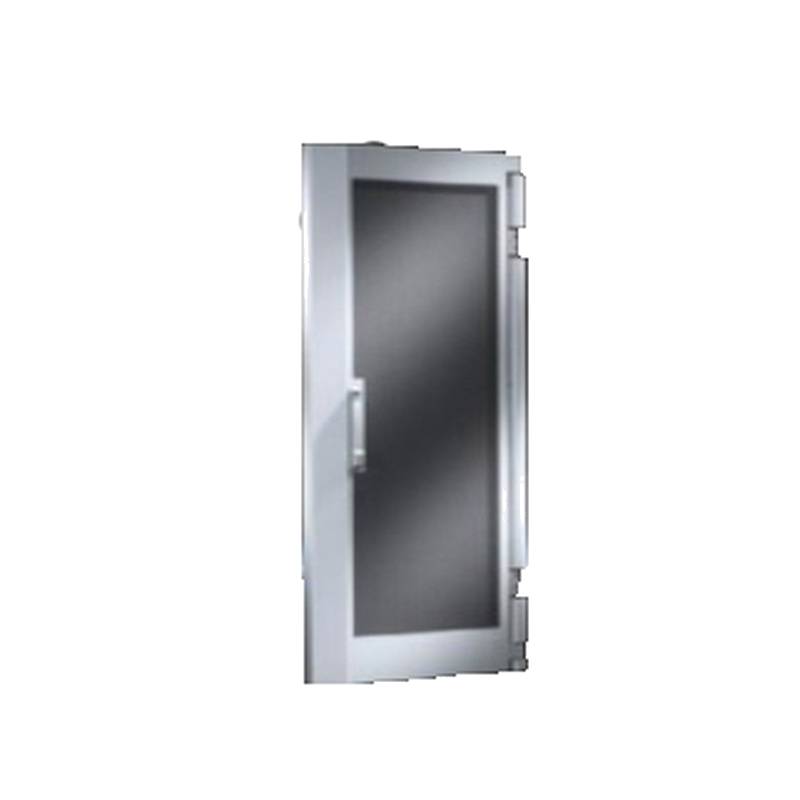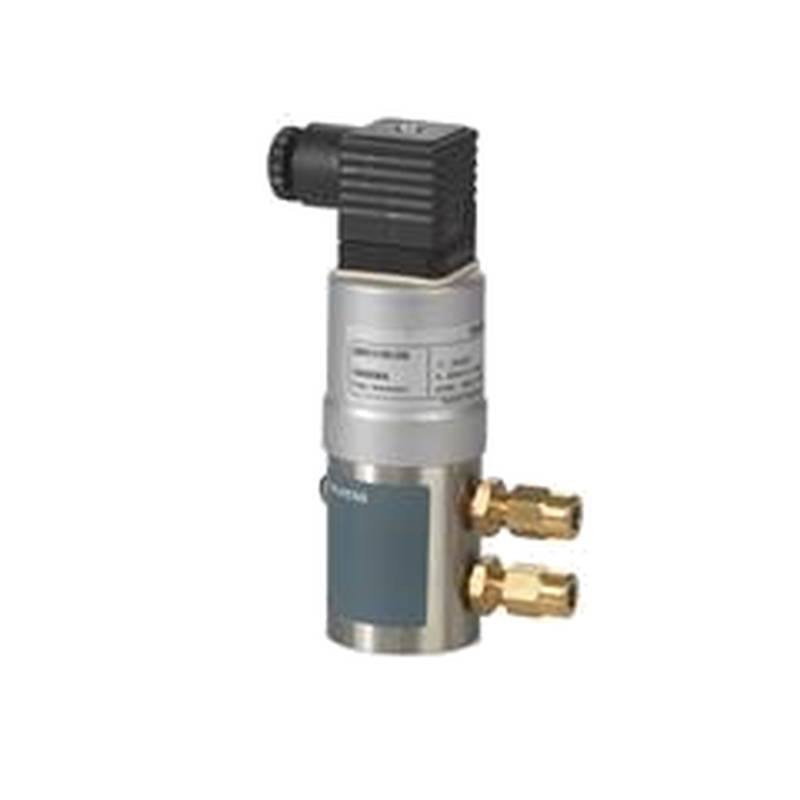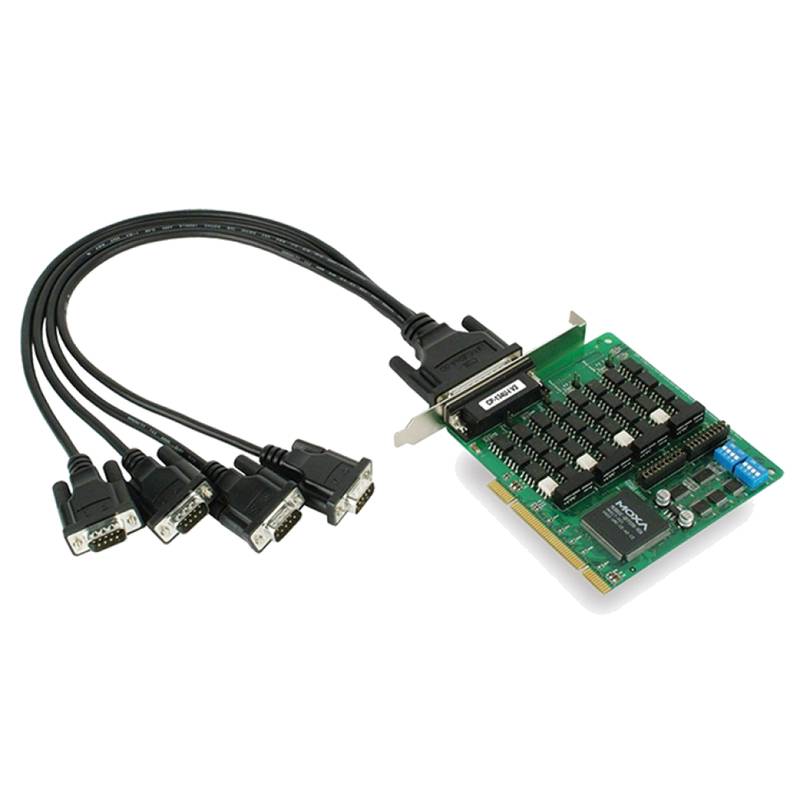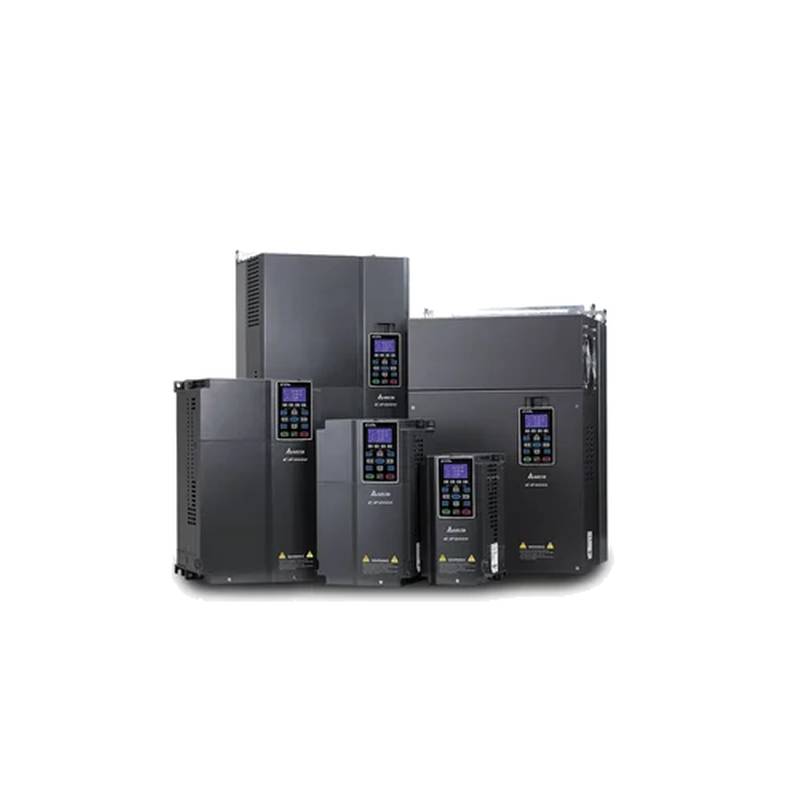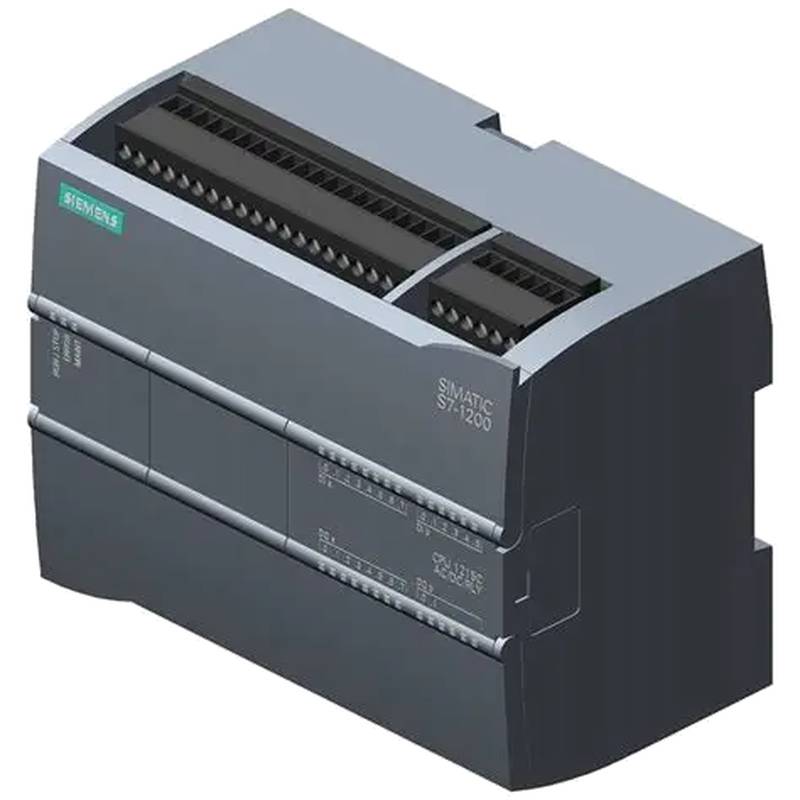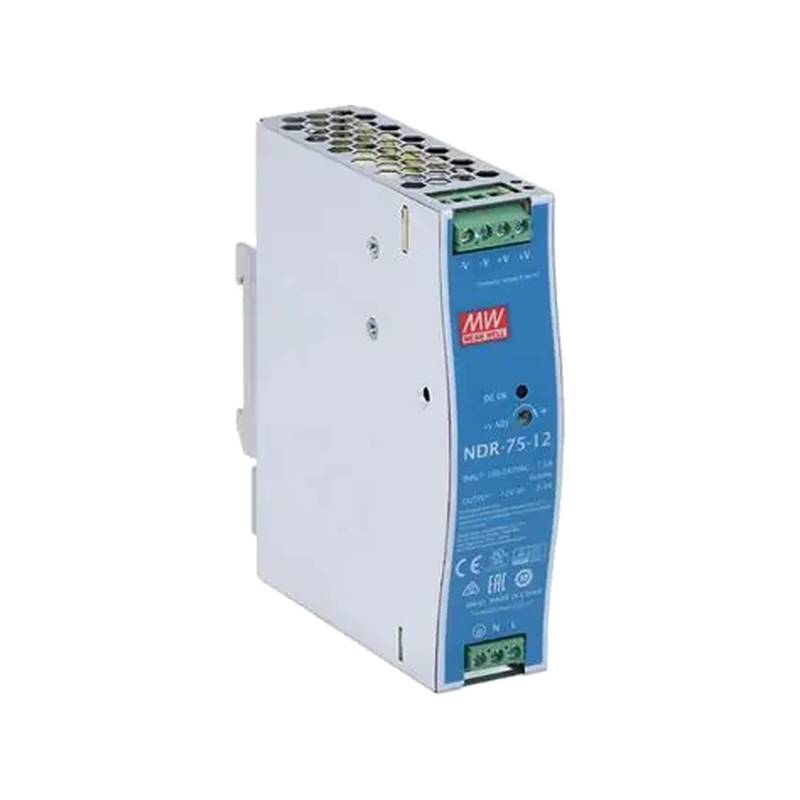
The Rittal 3311.610 is an advanced air-to-water heat exchanger designed for efficient and reliable cooling of industrial enclosures. This unit excels in environments where water cooling infrastructure is available, offering superior thermal management compared to traditional air-cooling methods. Its core advantages lie in its high cooling output, energy efficiency, and robust design, ensuring optimal operating conditions for sensitive electronic components and machinery. Key technical parameters include a cooling output of 5.0 kW, an airflow rate of 700 m³/h, and a thermal transfer capacity of 18,000 BTU/h. The unit operates with a water connection of DN 25 and features a robust stainless steel construction, making it ideal for demanding industrial applications.
Product Specifications
| Specification | Value |
| :---------------------- | :----------------------------------- |
| Model | Rittal 3311.610 |
| Type | Air-to-Water Heat Exchanger |
| Cooling Output | 5.0 kW |
| Airflow Rate | 700 m³/h |
| Thermal Transfer Capacity | 18,000 BTU/h |
| Water Connection | DN 25 |
| Material | Stainless Steel |
| Voltage | 400 V, 3 Phase, 50/60 Hz |
| Temperature Range | 10°C to 55°C (Internal) |
| Mounting | Wall-mounted or within enclosure |
| IP Protection Class | IP55 |
Core Features & Market Positioning
The Rittal 3311.610 distinguishes itself through its high cooling performance and robust construction, positioning it as a premium solution for critical thermal management needs. Unlike basic cooling units, its air-to-water heat exchange principle leverages existing water cooling circuits, offering significant energy savings and a reduced environmental footprint. This technology is particularly advantageous in facilities with established chilled water systems, enabling efficient heat dissipation without requiring dedicated refrigeration circuits. The unit's stainless steel build ensures exceptional durability and corrosion resistance, making it suitable for harsh industrial environments where reliability is paramount. Its high airflow rate and efficient heat transfer capability ensure that even densely packed enclosures with high heat loads are maintained within optimal temperature ranges, preventing equipment failure and extending service life.
Key Application Scenarios
The Rittal 3311.610 is engineered for applications demanding superior enclosure climate control. It is prominently used in industrial automation to cool control cabinets housing sensitive PLCs, drives, and HMI systems, ensuring uninterrupted operation on the factory floor. In data centers, it provides precise cooling for server racks, safeguarding critical IT infrastructure from thermal stress. Telecommunications equipment enclosures, particularly those located in outdoor or environmentally challenging settings, benefit from its robust protection and efficient heat dissipation. Furthermore, the unit is an excellent choice for process control systems in sectors like chemical manufacturing, pharmaceuticals, and food processing, where maintaining stable operating temperatures is vital for product quality and safety. Its ability to integrate with existing water cooling loops makes it a cost-effective and efficient solution for facilities looking to upgrade their thermal management capabilities.
Practical System Integration Guidance
Integrating the Rittal 3311.610 into existing infrastructure is straightforward, designed for minimal disruption. The unit can be wall-mounted directly adjacent to the enclosure or mounted internally, offering flexibility based on space constraints and system design. Ensure a secure mounting with appropriate hardware, considering the unit's weight and operational vibrations. Water circuit connection requires a DN 25 pipe diameter, utilizing suitable industrial-grade fittings to prevent leaks. The primary and secondary circuits must be correctly plumbed to facilitate efficient heat transfer. Electrical connection involves a 400V, 3-phase power supply at 50/60 Hz; follow the wiring diagram provided in the installation manual meticulously, ensuring all safety protocols and local electrical codes are observed. Proper grounding is essential for operational safety and equipment protection.
Operation and Risk Mitigation
Operating the Rittal 3311.610 efficiently involves monitoring water flow and temperature in the cooling circuit. For optimal performance, maintain the water supply temperature within the specified range to maximize heat dissipation. Regularly inspect the air intake and exhaust filters for dust and debris; clogged filters significantly reduce airflow and cooling efficiency. Clean or replace filters as per the maintenance schedule outlined in the product manual. Potential risks include water leaks from connections, which can be mitigated by using high-quality fittings and regular inspection of the water circuit. Overheating can occur if the water supply is insufficient or if airflow is obstructed; ensure continuous water flow and unobstructed air paths. The unit's IP55 rating provides protection against dust ingress and low-pressure water jets, but avoid direct high-pressure washing.
Scalability & Long-Term Value
The Rittal 3311.610 offers significant long-term value through its robust design and compatibility. Its modular nature allows for potential future expansion by integrating additional units in parallel for increased cooling capacity if enclosure heat loads grow. This air-to-water architecture is inherently scalable with facility-wide chilled water systems, which are often designed with considerable reserve capacity. Furthermore, Rittal's commitment to industrial standards ensures compatibility with a wide range of enclosure sizes and other Rittal system components, simplifying integration and system upgrades. For facilities embracing Industry 4.0, the 3311.610 can be integrated with monitoring systems via auxiliary contacts or optional sensors, enabling IIoT connectivity for remote performance tracking, predictive maintenance, and optimized energy management.
Frequently Asked Questions (FAQs)
1. What is the primary advantage of using an air-to-water heat exchanger like the Rittal 3311.610?
Air-to-water units leverage existing chilled water loops, offering superior energy efficiency. They reduce the need for standalone refrigeration systems, lowering operational costs. This design also minimizes environmental impact through efficient heat rejection.
This method is ideal for facilities with pre-existing water cooling infrastructure. It allows for centralized climate control and simplifies thermal management. The 3311.610 provides robust cooling performance in a compact unit.
The Rittal 3311.610's primary benefit is its high cooling output of 5.0 kW. It efficiently manages heat loads in demanding industrial environments. Its stainless steel construction ensures durability and longevity.
2. How do I correctly connect the Rittal 3311.610 to my facility's water cooling system?
Utilize the DN 25 water connection specified for the unit. Ensure all fittings are industrial grade and properly sealed to prevent leaks. Connect to a suitable chilled water supply and return line.
Consult the official Rittal installation manual for precise plumbing diagrams and recommendations. Verify water pressure and flow rates meet the unit's operational requirements before full commissioning.
Professional installation by a qualified technician is recommended to ensure correct integration and adherence to safety standards. This prevents potential damage and ensures optimal cooling performance.
3. What are the typical maintenance requirements for the Rittal 3311.610?
Regularly inspect and clean or replace air intake and exhaust filters to maintain optimal airflow. Monitor water circuit for any signs of leaks or blockages in the piping. Check for unusual noises or vibrations during operation.
Perform annual checks of electrical connections and fan motor integrity. Ensure the unit's exterior remains clean, free from excessive dust or corrosive substances. Verify temperature readings are within the expected range.
Adhering to a routine maintenance schedule, as detailed in the user manual, is crucial for preventing equipment failure and maximizing the unit's lifespan. This proactive approach ensures consistent cooling performance.
4. Can the Rittal 3311.610 be used in extremely dusty or humid industrial environments?
The Rittal 3311.610 features an IP55 protection rating, offering significant protection against dust ingress and low-pressure water jets. This makes it suitable for many challenging industrial settings. Proper filter maintenance is key in dusty areas.
For exceptionally harsh environments, additional protective measures or enclosure sealing might be considered. However, the unit's robust stainless steel construction provides inherent resistance to corrosion and mechanical stress.
Ensure the ambient humidity levels do not exceed the unit's operational specifications. Avoid situations where direct high-pressure water spray might occur, as this exceeds the IP55 rating.
5. What is the maximum enclosure size or heat load the Rittal 3311.610 can effectively cool?
With a cooling output of 5.0 kW, this unit is designed for medium to large enclosures with significant heat loads. It is crucial to calculate the total heat dissipation requirement of the enclosure's components. Consult Rittal's technical documentation for precise heat load calculations.
The unit's airflow rate of 700 m³/h ensures effective air circulation within the enclosure. Proper internal air baffling may be necessary to optimize heat distribution and removal, especially in larger or irregularly shaped cabinets.
For enclosures exceeding the 5.0 kW cooling capacity, consider using multiple Rittal 3311.610 units in parallel or a higher-capacity cooling solution. Always factor in ambient temperature and enclosure sealing when determining cooling needs.
6. Does the Rittal 3311.610 require special electrical connections or programming?
The Rittal 3311.610 operates on a standard 400V, 3-phase, 50/60 Hz power supply. Electrical connections should be made by a qualified electrician following the wiring diagrams in the installation manual. No complex programming is typically required for basic operation.
The unit typically includes auxiliary contacts for remote monitoring of operational status (e.g., run, fault). Optional sensors can provide more detailed data on temperature and humidity for integration with building management systems.
Ensure proper grounding of the unit for safety and optimal electrical performance. Verify that the power supply capacity is sufficient to handle the unit's power consumption.
7. What are the key benefits of air-to-water cooling over air-to-air cooling for industrial enclosures?
Air-to-water cooling is generally more energy-efficient, especially when utilizing a central chilled water system. It effectively transfers heat to a liquid medium, which can then be rejected more efficiently elsewhere. Air-to-air units often rely on ambient air, limiting their effectiveness in hot environments.
Air-to-water systems can achieve lower internal enclosure temperatures compared to air-to-air systems. This is critical for highly sensitive electronic components or densely packed enclosures with substantial heat generation.
The Rittal 3311.610, as an air-to-water unit, offers a more robust and often quieter operation than many air-to-air counterparts. It also reduces the intake of ambient dust and contaminants into the enclosure.
8. Can the Rittal 3311.610 be integrated with Industry 4.0 solutions or IoT platforms?
Yes, the Rittal 3311.610 can be integrated with IIoT platforms through its auxiliary contacts or optional sensors. These interfaces allow for remote monitoring of unit status, performance data, and environmental conditions within the enclosure.
By connecting to a network gateway or PLC, data from the cooling unit can be streamed to cloud-based platforms. This enables real-time analytics, predictive maintenance scheduling, and remote troubleshooting.
This integration supports smart factory initiatives by providing visibility into thermal management, crucial for optimizing energy consumption and ensuring operational uptime of critical equipment.
9. What is the typical lifespan and warranty period for the Rittal 3311.610?
Rittal products, including the 3311.610, are known for their robust construction and longevity, often lasting 10-15 years or more with proper maintenance. The warranty period typically varies by region and specific purchase agreement but is generally robust for industrial equipment.
Regular maintenance, as outlined in the product manual, is essential for achieving the maximum lifespan. This includes filter cleaning, water circuit checks, and general inspections.
Consult your Rittal sales representative or documentation for the exact warranty terms applicable to your purchase. Extended warranty options may also be available for critical applications.
10. How does the Rittal 3311.610 handle varying ambient temperatures and humidity levels?
The Rittal 3311.610 is designed to operate within specified ambient temperature and humidity ranges, typically 10°C to 55°C internal. Its performance is dependent on the efficiency of the connected water cooling circuit. The IP55 rating protects against dust and water splashes.
The unit's effectiveness in varying ambient conditions is directly tied to the temperature of the water supplied to it. A consistent and appropriately cooled water supply is crucial for stable performance, regardless of external environmental factors.
While the unit itself is robust, extreme ambient conditions might necessitate adjustments to the facility's overall cooling system strategy to ensure the Rittal unit can maintain the desired internal enclosure temperature effectively.














